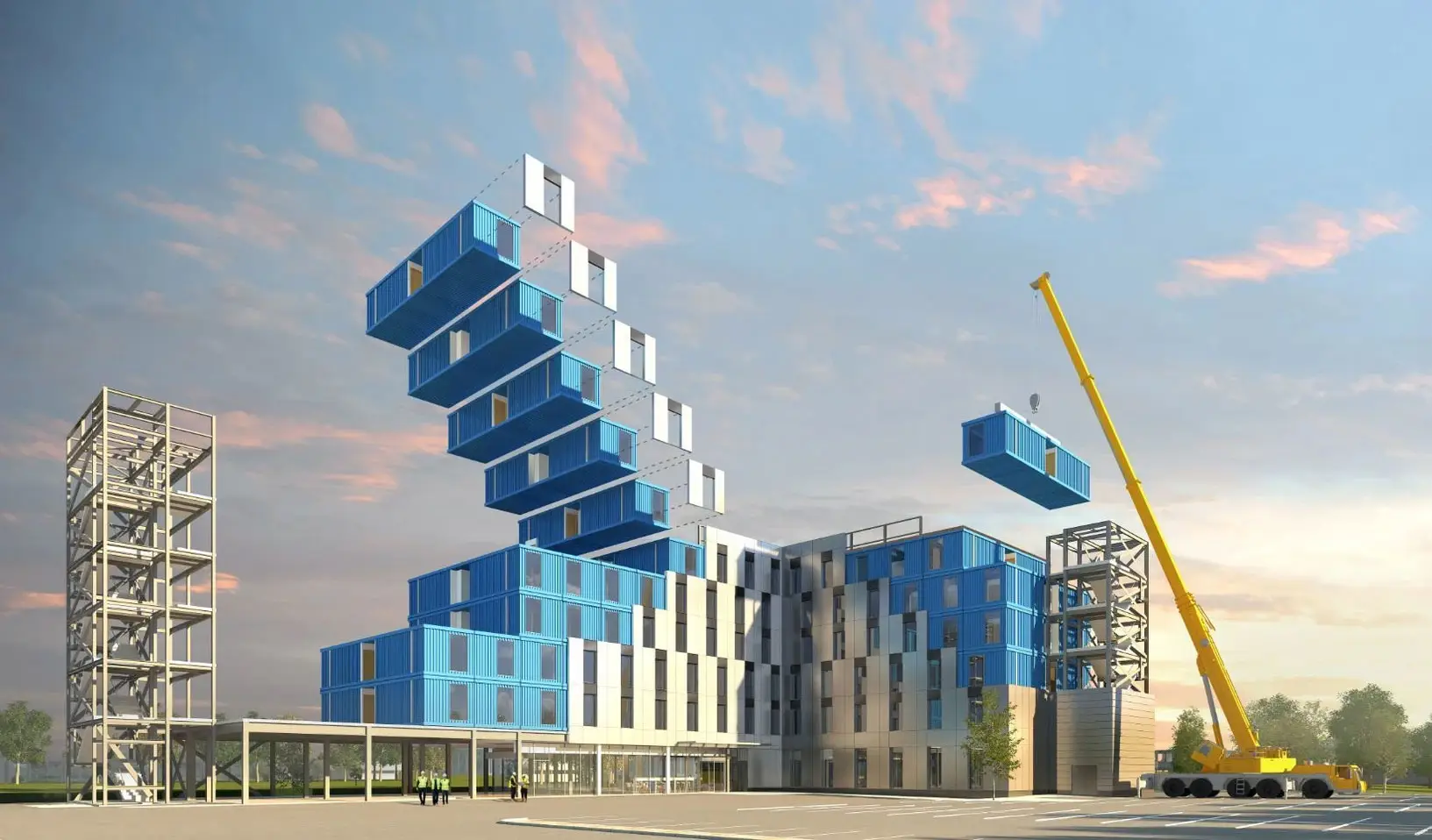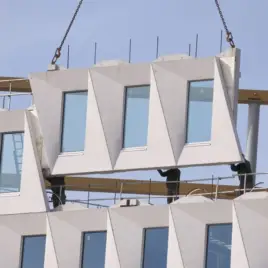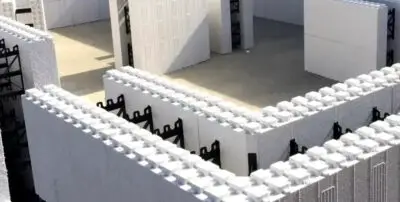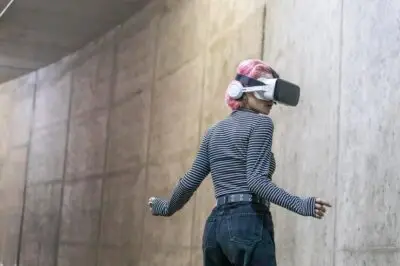3D volumetric construction, also known as modular construction or modular volumetric construction, is an advanced building technique where entire sections or “modules” of a structure are manufactured off-site in a factory setting. These volumetric modules are fully assembled, including interior finishes, fixtures, and services, and then transported to the construction site, where they are stacked and connected to form the final building.
Key Features:
- Off-Site Fabrication: Modules are built in a factory, which allows for precise quality control, faster production, and parallel work streams, as the site preparation and module construction happen simultaneously.
- Complete Modular Units: Each module can be a fully functional section of the building, such as a room, apartment, or section of a hallway, complete with pre-installed electrical, plumbing, and HVAC systems.
- Stackable and Connectable: The modules are designed to be easily stacked or arranged side-by-side, with structural connections to ensure stability and strength. The final assembly on-site involves joining the modules and connecting utilities.
- High Degree of Customization: Despite being factory-built, the modules can be customized to meet specific architectural requirements, allowing for flexibility in design while maintaining the benefits of modular production.
Advantages:
- Faster Construction Time: Since the modules are manufactured while the site is being prepared, the overall construction timeline is significantly shortened. On-site assembly of the modules is also much faster than traditional construction methods.
- Improved Quality Control: Building in a factory setting ensures consistent quality, as weather conditions, materials, and labor can be better managed compared to on-site construction.
- Reduced Environmental Impact: The factory-controlled process reduces waste, and the modular nature of the construction can minimize the need for excess materials. Additionally, there is less disruption to the construction site.
- Enhanced Safety: Factory environments have more controlled safety measures compared to construction sites, reducing the risk of accidents.
- Flexible Use and Reconfiguration: Modules can be disassembled, relocated, or repurposed with relative ease, allowing for the building to adapt to changing needs.
Applications:
- Residential Buildings: Volumetric construction is used for houses, apartment complexes, student accommodations, and senior living facilities, where rapid deployment and consistent quality are needed.
- Commercial Buildings: Hotels, offices, and retail spaces can benefit from modular construction for quicker openings and reduced downtime.
- Healthcare Facilities: Clinics, hospitals, and medical centers use volumetric construction to create expandable, adaptable spaces, especially for urgent needs such as COVID-19 testing centers or temporary facilities.
- Education: Schools and universities use modular construction for classrooms, dormitories, and administrative buildings due to the speed of assembly.
- Emergency and Remote Buildings: Modular construction is ideal for emergency shelters, military bases, or remote locations where traditional construction would be difficult or costly.
Challenges:
- Transportation Limitations: Modules must be transported to the site, which can be challenging for large or distant projects. Transportation costs and logistics need to be carefully managed.
- Design Constraints: While flexible, modular designs may face some limitations in terms of shapes and sizes due to transportation and structural requirements.
- Foundation and Site Preparation: Although the modular components are built off-site, the foundation and site utilities still need to be properly prepared to accommodate the modules.
- Local Regulations and Approvals: Some regions may have specific building codes and regulations that need to be addressed, which can complicate the approval process for modular buildings.
Construction Process:
- Design and Planning: The design phase incorporates modular building principles, ensuring that each module fits together seamlessly. Engineering and architectural specifications are set, accounting for transportation and structural requirements.
- Factory Production: The modules are fabricated in a factory, including the structure, finishes, and services. Quality control is maintained throughout the production process.
- Site Preparation: While the modules are being built, the construction site is prepared with foundations, utilities, and other necessary infrastructure.
- Transportation and Assembly: Completed modules are transported to the site and assembled using cranes. The modules are joined together, and structural connections are made.
- Finishing and Commissioning: Any remaining work, such as final connections for utilities, exterior cladding, or interior touch-ups, is completed on-site.
3D volumetric construction is revolutionizing the building industry by providing an efficient, high-quality, and sustainable solution to construction challenges. It is particularly valuable in projects that require rapid deployment, consistent quality, or construction in difficult locations.





